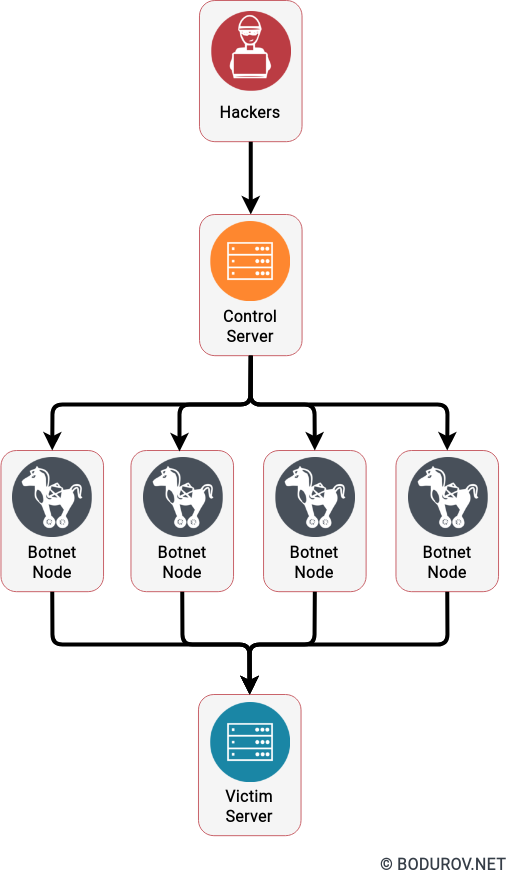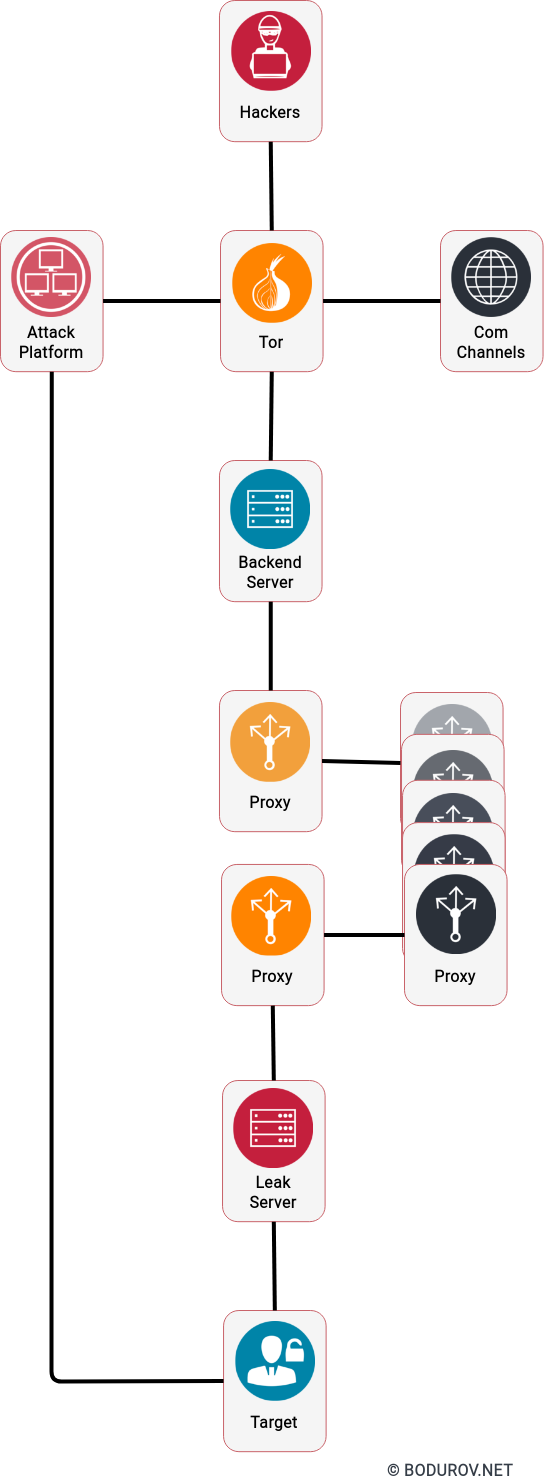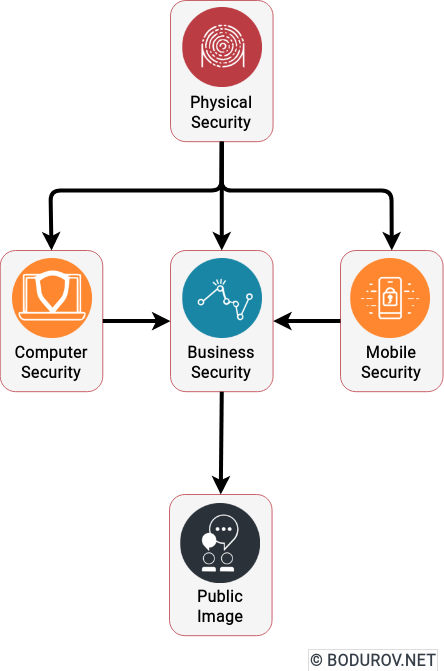Cybersecurity has an asymmetric nature. Usually, hacking groups do not have the resources of their targets, or the targets do not have the proper qualification to defend themselves. Now, let’s discuss the one compelling case of a hacker who managed to DDoS companies such as Microsoft and Sony.
He started hacking at the age of sixteen when he developed a Titanium Stresser program that was enough to carry out around 1.7 million attacks. With this program, he got the websites of Microsoft, Minecraft, TeamSpeak, and Xbox Live and earned £386,000 in US dollars. Along with that, he made some bitcoins by selling hacked programs on the Dark web.
The hacker turned 20 until the proceedings of the court continued. He received an accusation of causing losses to schools and colleges by hijacking their local networks. The initial investigation showed that he was also responsible for personally attacking 594 IP addresses through Distributed Denial of Service (DDOS) between 2013 and 2015.

Later on, the court revealed that the hacker was not alone in his hacking. His program had around 112,000 registered users in a kind of vDoS service, and they collectively hacked over 660,000 IP addresses. He put some clever schemes for gaining users fast, like inviting a friend. Many of these attacks were based in the United Kingdom. One notorious attack was on Runescape. The owner of the company had to protect the website by spending around six million euros.
During the hearing, the hacker’s lawyer tried to justify his stance by saying that his medical condition (a form of autism) was not mild enough to understand between wrong and right. Additionally, the lawyer pled that the hacker was in the gaming community but was not good enough and wanted to make him higher.
Now, I see it quite interesting how a 16 years old kid managed to invent a vDoS service and make over 112,000 people register to this service to attack different services across the World. It is a beautiful case of how asymmetric is the nature of hacking. Despite his lack of resources, he managed to build a botnet network of over 112 000 machines. And all of this without any hacking activity towards the registered users. Let’s take that the average Internet speed is around 50 megabits. The total capacity of the botnet is about 600 gigabits of bandwidth. And all of this done by one single guy.
In conclusion, we have to be happy there are no more hackers such as this one. Most of the hackers are for the money. However, this boy managed to DDoS companies with millions of dollars for a cybersecurity budget. And all of this just for fun. Imagine what could happen in case most of the criminals have similar to his mind.










